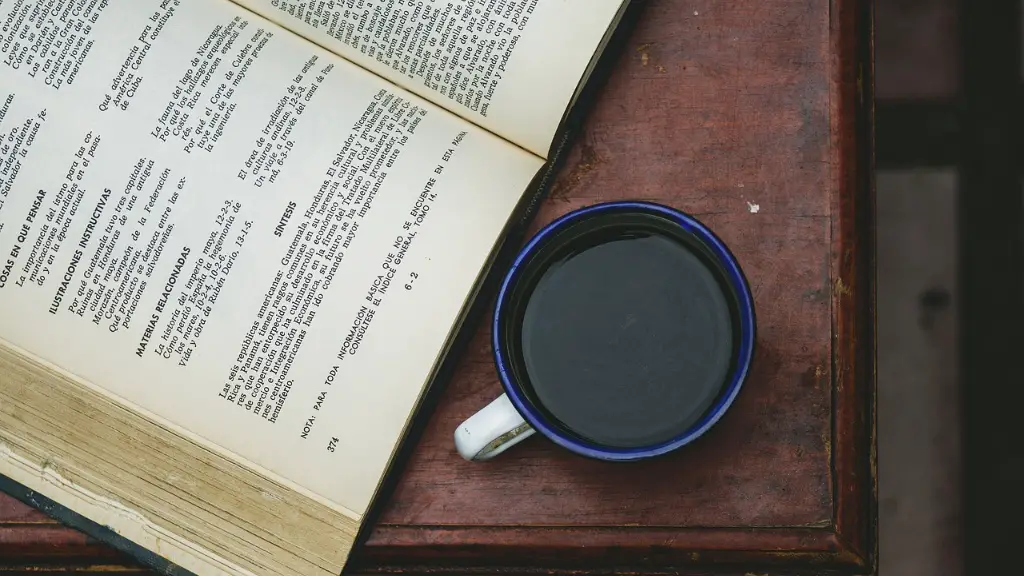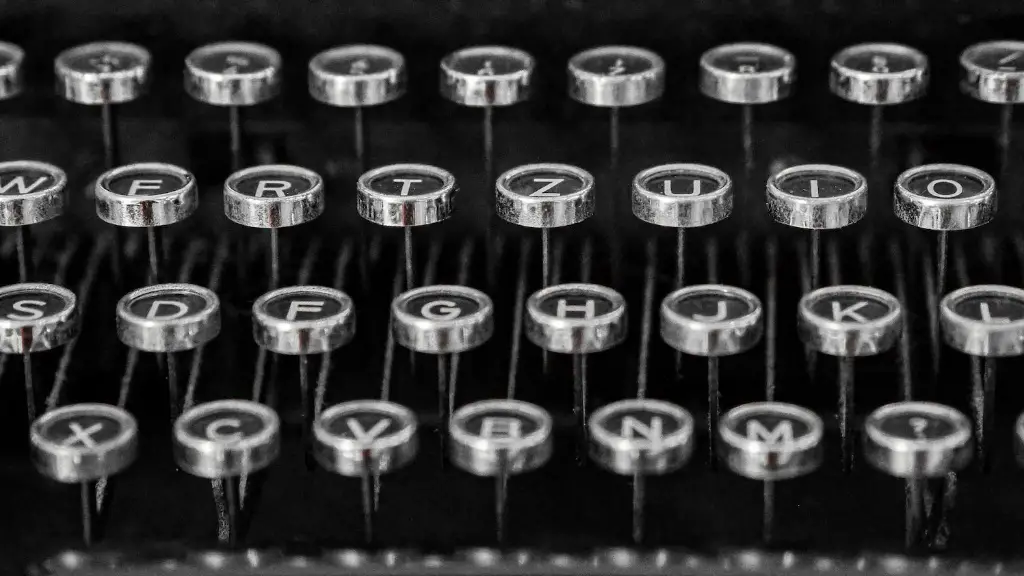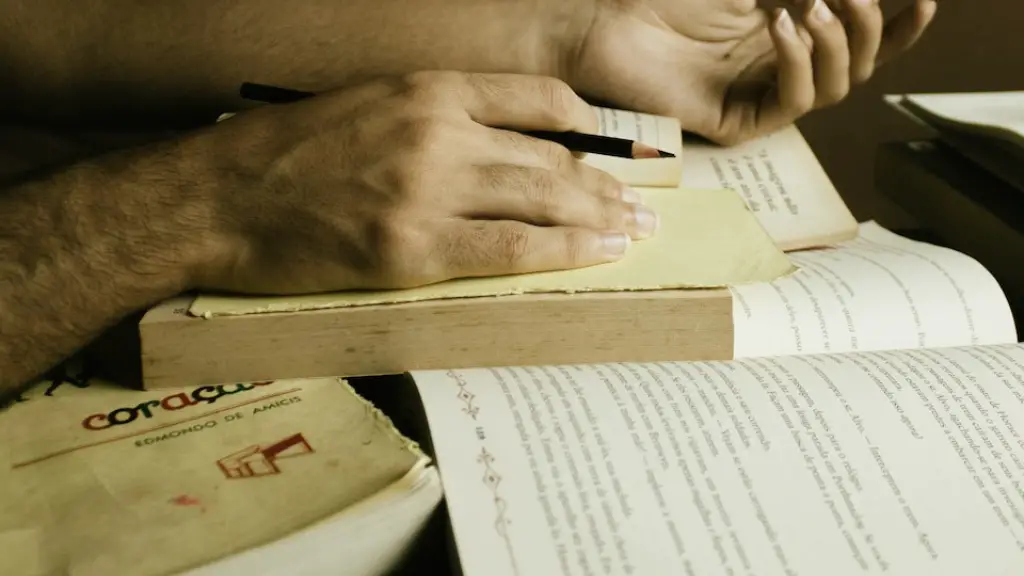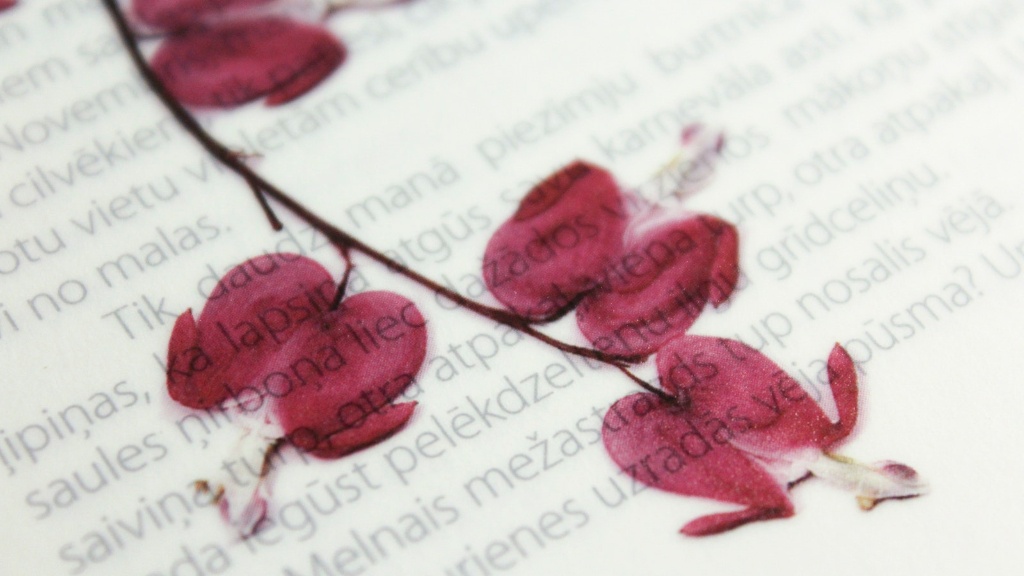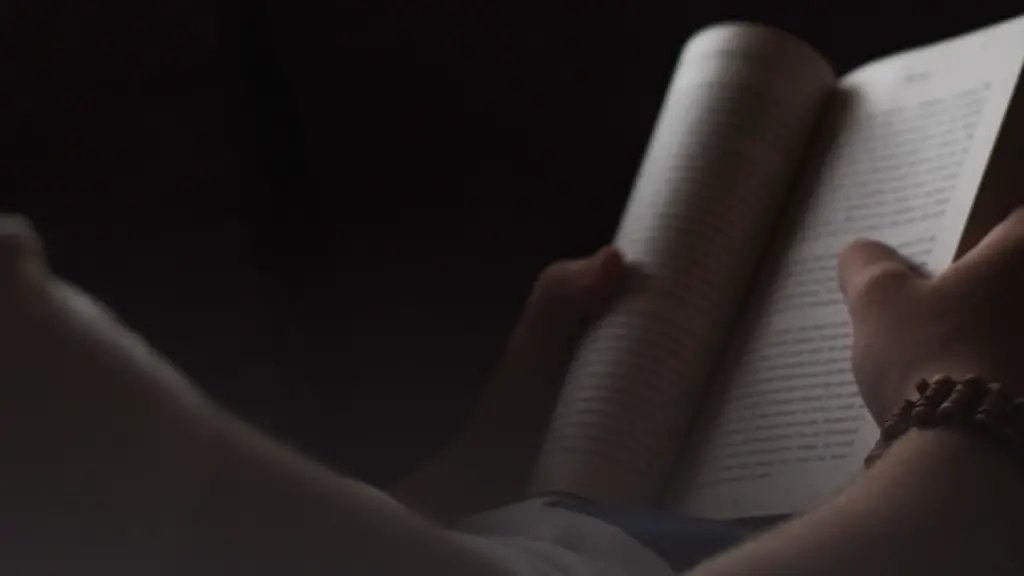Poetry and music have gone hand in hand as two of the most popular art forms and have gained much recognition over the years. The combination of the two create powerful and expressive pieces and can bring forth intense emotion and energy. Though they may seem like two separate entities, they are both incredibly intertwined and benefit from being combined. In this article, we will discuss how to combine poetry and music to create a powerful and meaningful piece.
The basics of turning poetry into music are to find the right balance between the words and the music that accompany them. One must carefully craft both parts together in such a way that they perfectly compliment each other. It’s important to consider the emotion behind the words and the tone of the music so that the two fit together seamlessly.
Another aspect to consider when combining poetry and music is the rhythm. Make sure the tempo of the music fits the mood of the poem and if it’s too fast or slow, consider adjusting it to make it more effective. Also, be sure to keep the phrase lengths of each line in poetry similar to the length of each measure in the music to ensure the perfect combination of the two.
It is also important to bring out the natural beauty of the vocabulary used in the poem by focusing on the key words in each line. This can be done by emphasizing them in the music and bringing out every syllable of each word. This also creates a sort of call-and-response between the lines of poetry and the music which can be very effective in conveying emotion. Additionally, consider the use of instruments to create a certain atmosphere and tone to the piece – it can be anything from soft melodies and gentle beats to loud and thunderous chords and sounds.
When it comes to combining poetry and music, the possibilities are endless. There are no hard and fast rules and the best approach to take is really up to the individual and their own creative vision. It is a very personal experience that takes practice and dedication. However, with the right combination of words and music, a powerful and distinctive piece of art can be crafted that can move an audience and truly stand out.
How to Automate the Process
Gaining the knowledge and skills required to seamlessly combine poetry and music can seem daunting – and while it is definitely something that needs to be practiced and improved on, there are certain ways to automate the process. One of these is through the use of software. There are a variety of tools available such as sequencers, beat-makers and other tools that simplify the process of creating the perfect piece. These tools allow users to develop their own phrase or sequence and have the computer produce the sounds for them. This makes it much easier to work through and fine tune the music without having to rely solely on one’s ear for the perfect combination.
Additionally, there are programs that can analyse the words used in the poem and create an accompaniment that is tailor fit to suit the mood of the writing. For example, certain words such as ‘happy’ or ‘sad’ can be used to dictate the type of music needed. This is a great way to quickly get the ball rolling on a piece and can speed the overall process along.
However, it is important to note that, while software can be a great tool in terms of allaying some of the difficulty that comes with combining music and poetry, it can never replace the knowledge and skills gained through practice and experience.
How to Pitch the Resulting Piece
Turning poetry into music is not something many people think to do or are aware of, so it can be difficult to spread the word about your piece once it is completed. To really get the word out and receive recognition for the piece, it is important to reach out to the right people and be ready to pitch and promote it.
One way to do this is to reach out to music reviewers, publishers, and other music industry professionals. It is also beneficial to build relationships with people in the same or similar fields within the music and art communities. Networking with like-minded individuals and organisations is a great way to get your work noticed and shared.
Creating a website or blog and writing about the pieces can also be helpful in getting the word out. By writing blog posts to accompany each piece and offering insights into your thoughts behind and the creation of it, you build awareness and presence online that can help facilitate more views and opportunities.
Additionally, consider reaching out to artists who could perform or collaborate with the pieces. Joining groups, clubs, or discussions related to the topics can help gather a larger pool of collaborators and support with getting your work the attention it deserves.
How to Preserve the Creative Process
As with any creative process, it’s important to document the journey of creating the piece from start to finish. Keeping a journal of each step taken and the thought process behind them can help retain the memory of the piece and also serve as a great reference point during the development of the next one.
Utilising audio or video recording devices during the creative process and making notes can be a great way to document the creative flow and see how ideas came together. Additionally, recording the sounds and loops used within the piece will also help to keep in-depth track of the progress and soundscapes used.
Finally, making use of online and cloud based music-making platforms to save and share the net and beats used in the piece can help to keep the entire process preserved and documented in one easily retrievable place.
How to Incorporate Percussion
When combining poetry and music, it is often helpful to add a layer of rhythm and percussion to the piece. This will really bring the poetic verse to life and create a unique soundscape that is filled with energy and momentum. To do this, it is important to consider the thematic and lyrical atmosphere of the poem in question and create the percussion elements accordingly.
It is also important to consider the complexity of the beat – does it have a lot of layers or is it a simple single loop? This will determine the effectiveness of the percussion and whether or not it adds to the overall sound of the piece. For example, a simple drumbeat may compliment a softer and more emotional piece, whereas layers of percussion could be added to an upbeat and energetic poem to emphasise certain verses and refrains.
Finally, when incorporating percussion into poetry-music pieces, it is important to ensure the ‘space’ between the beats and movement of the poem is taken into account. This approach will allow the verse to have time to breathe and be understood, and boosts the emphasis of certain syllables and words. Additionally, this can create a sense of focus and concentration on the words, whilst still maintaining a steady and consistent pulse throughout the piece.
Conclusion
Combining poetry and music is an incredibly rewarding and satisfying process. Once the basics are understood and the right techniques applied, the possibilities are endless. Additionally, the right tools and platform can also help automate the process and make it easier to succeed in creating a truly powerful and impactful piece. From there, the next steps are to get the right people to hear it and give it the attention it deserves. It is by taking these actions that we can bring more life and presence to both poetry and music, and extend the beauty of both artforms.
